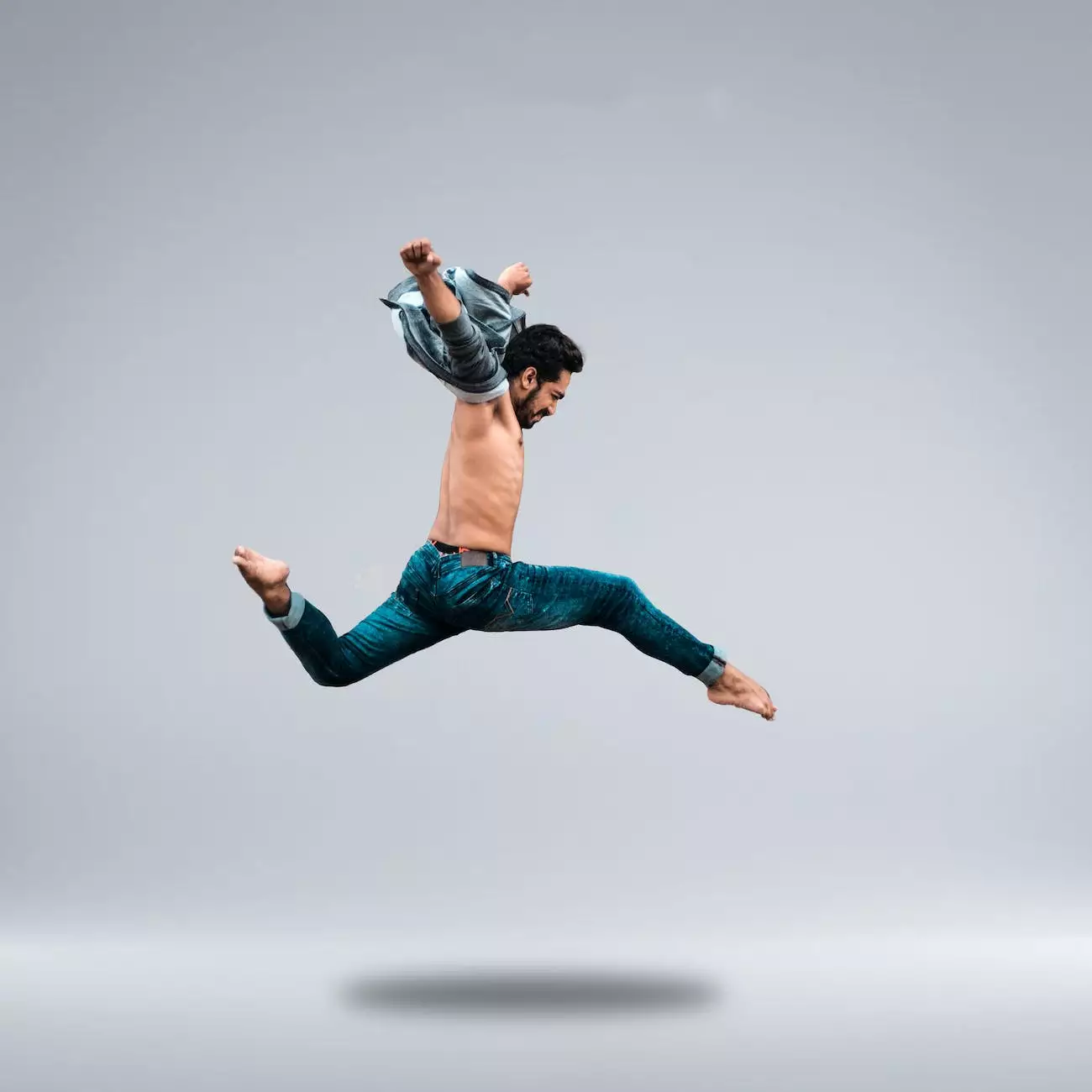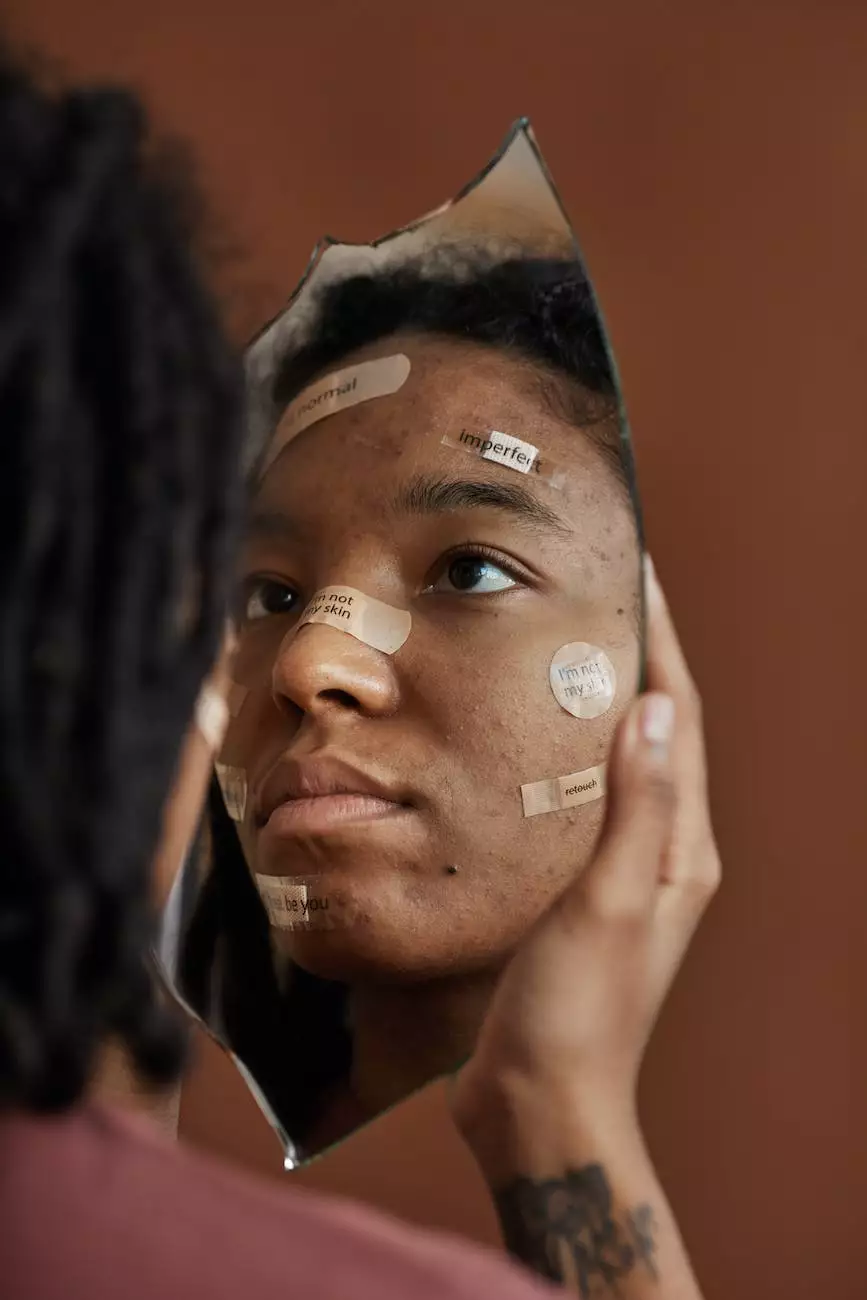Movement of the Month: Forward Bends (aka Multisegmental Flexion)
Blog
Introduction
Welcome to Sheridan Movement Studios, your go-to resource for all things related to performing arts and movement. In this month's edition of Movement of the Month, we dive into the world of forward bends, also known as multisegmental flexion. Whether you're a dancer, actor, or simply someone interested in improving your flexibility, forward bends can help you achieve your goals.
What are Forward Bends?
Forward bends are a type of movement that involve flexing the spine forward, bringing the trunk closer to the legs. This movement primarily targets the hamstrings, lower back, and hips, while also engaging the core muscles. When performed correctly, forward bends provide numerous benefits, including improved flexibility, increased range of motion, and enhanced posture.
Benefits of Forward Bends
Forward bends offer a wide range of benefits for both performers and anyone seeking to enhance their overall movement. Here are some key advantages:
- Improved Flexibility: Regularly practicing forward bends can gradually increase the flexibility of your hamstrings, lower back, and hips. This increased flexibility can translate into improved performance in various artistic disciplines.
- Enhanced Range of Motion: By regularly incorporating forward bends into your routine, you can expand your range of motion, allowing for more fluid and graceful movements.
- Better Posture: Forward bends work to strengthen the muscles responsible for maintaining proper posture. A strong core and elongated spine contribute to an upright posture both on and off the stage.
- Relief from Lower Back Pain: Many individuals experience discomfort in their lower back due to a sedentary lifestyle or long hours of sitting. Forward bends can help alleviate this pain by stretching and strengthening the muscles supporting the spine.
Techniques for Performing Forward Bends
While forward bends are accessible to individuals of all fitness levels, it's important to perform them with proper technique to avoid injury. Here are some guidelines to keep in mind:
Warm up:
Before diving into forward bends, it's crucial to warm up the body to prepare the muscles for deeper stretches. Start with gentle movements such as neck rolls, shoulder circles, and cat-cow stretches to warm up the spine and accompanying muscles.
Engage the Core:
Prioritize engaging your core muscles throughout the entire movement. This ensures stability and protects the lower back from excessive strain. Imagine pulling your belly button towards your spine while maintaining a relaxed breath.
Gradual Progression:
When starting with forward bends, it's important to allow your body to gradually progress over time. Do not force yourself into deep stretches immediately. Respect your body's limitations and work within a comfortable range, gradually increasing depth and intensity as flexibility improves.
Bend from the Hips:
Initiate the forward bend from the hip joint, maintaining a straight spine throughout the movement. Focus on hinging at the hips rather than rounding the back excessively. This helps target the intended muscle groups and avoids strain on the spine.
Use Props:
If you find it challenging to reach the floor with straight legs, use props such as yoga blocks or a folded blanket to support your hands. This modification enables you to maintain proper alignment and gradually work towards deeper stretches.
Conclusion
Forward bends, or multisegmental flexion, bring numerous benefits for performers and individuals interested in improving their flexibility and movement. Remember to approach forward bends with caution and always prioritize proper technique to avoid injury.
At Sheridan Movement Studios, we believe in the power of movement to enhance our lives both on and off the stage. Join us every month as we explore different movements and techniques to help you reach your full potential.




